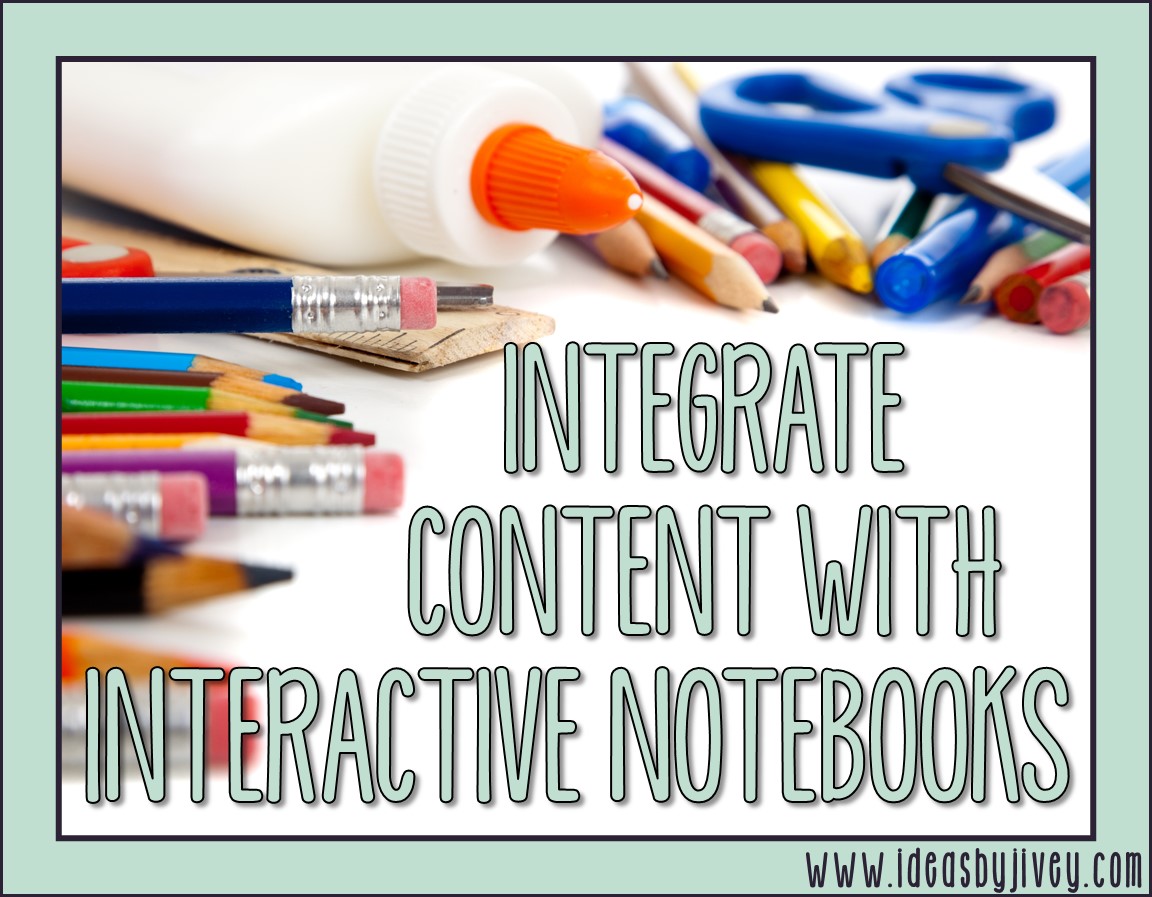
When you look at a long list of standards, do you think, how am I going to teach each of these individually?
If so, let me help you make a shift in that thinking.
What is one of the main things we do to help students learn about a science or social studies topic?
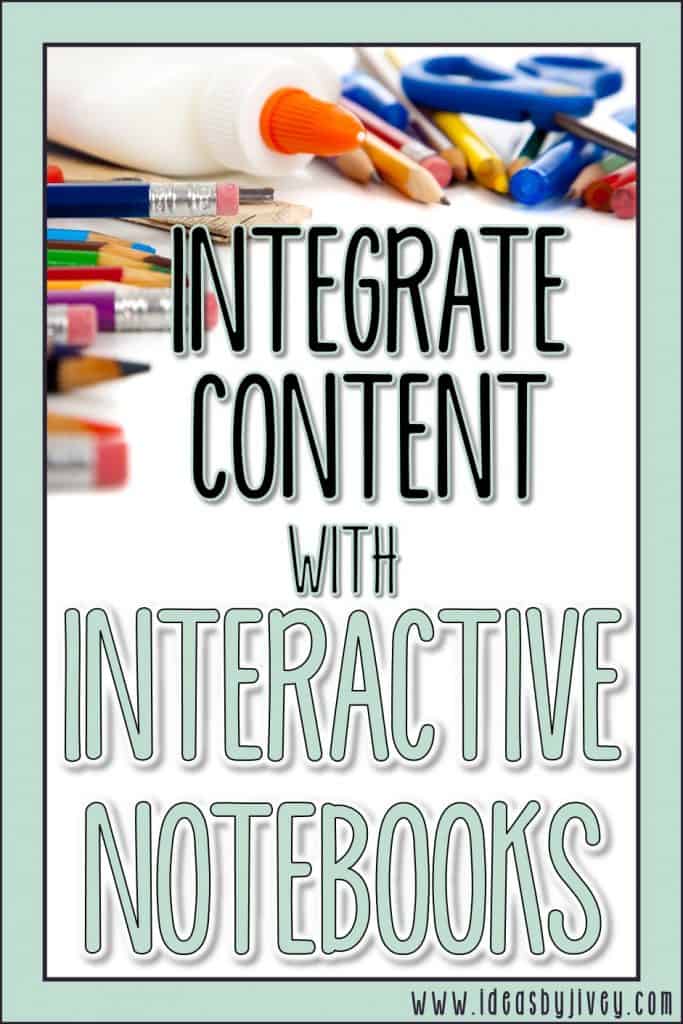
Read about it.
One of my very favorite ways to incorporate science standards into reading lessons (or… reading lessons into science standards) is to utilize interactive notetaking. This is not the same as the interactive notebooks with which you are probably familiar- but we’ll get to that, too!
Interactive notetaking requires close reading and annotating- in other words:
WHOA! All those things can be done with interactive notetaking?!
Let’s walk through the process.
WHILE you are reading and learning about forms of matter in science (or during reading time- either way, because as I stated above, you’re going to cover both!), you are going to require students to first, block out each paragraph in a different color, and then begin breaking down the explicit information within each of those paragraphs.
Starting with paragraph one, you and the students (and eventually, JUST the students) will read together and determine the key ideas and details that are most important from that section of text. The students will “cite” this important information by drawing and annotating on the opposite side of the page in the same color as that paragraph block. Using the same color will be important later when students make connections between paragraphs as they analyze the structure of the text.
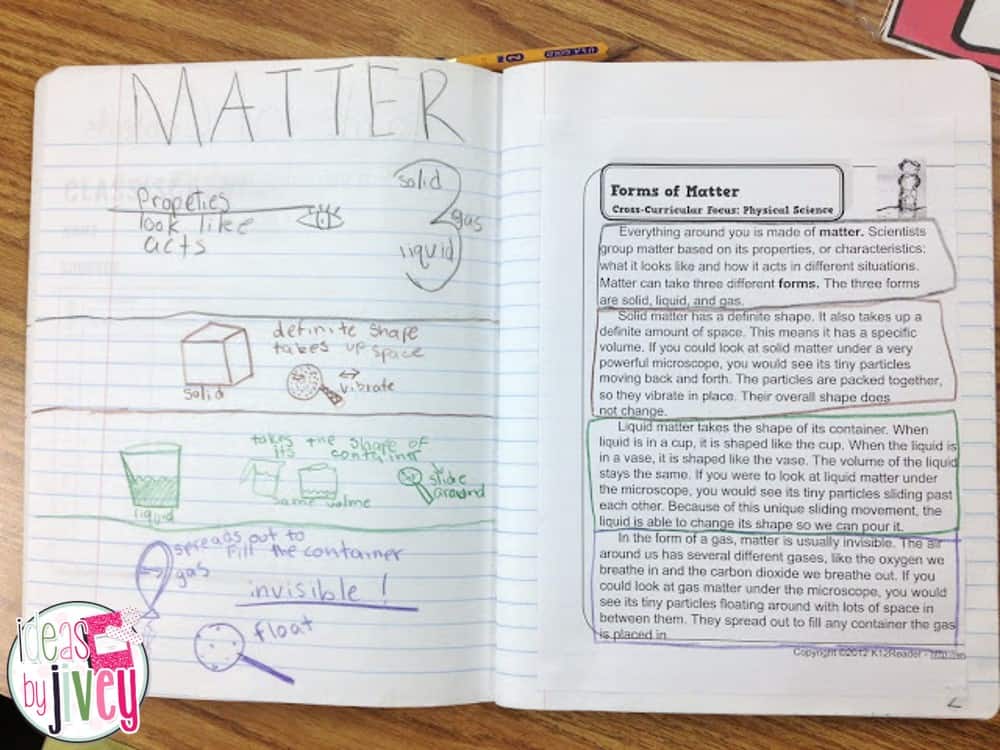
I know what you’re next question is…
I LOVE the website www.k12reader.com to get great passages for our Science and Social Studies topics! You can search between the grade levels and find passages on most everything you teach. The passage in the picture above came from this website!
I also have several articles and passages in my TPT store on various science and social studies topics!
Interactive activities, or “foldables” as you might know them, are another great way to have students:
Here is one we worked on about precipitation during our weather unit:
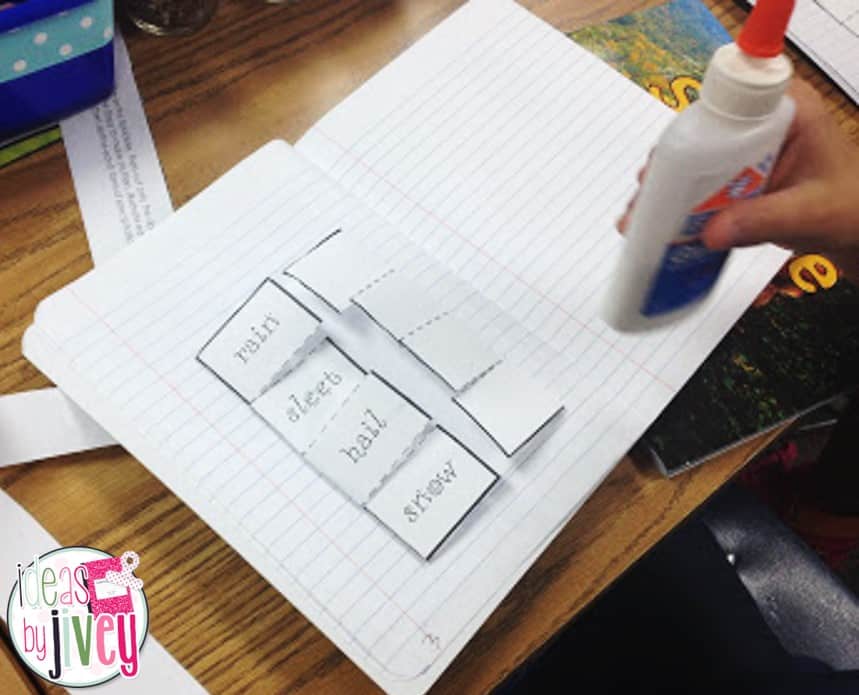
They drew the precipitation types on the right flaps…:
Students also showed their understanding of each stage of the water cycle by drawing the correct phase under each flap, which required them to integrate and evaluate content that had been taught:
[one-half-first]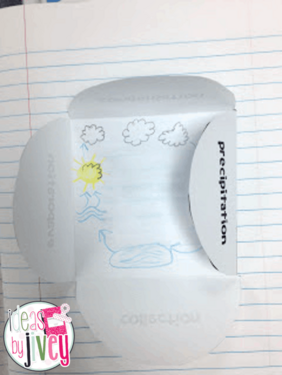
[one-half]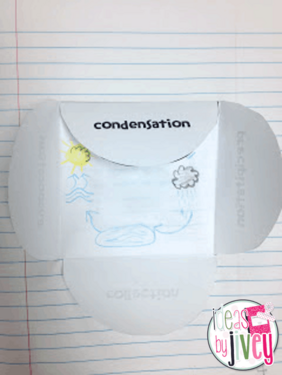
If you’ve ever had that frantic feeling of trying to fit in all the standards, I hope this helps you take some deep breaths to see the ways it can be done through content integration!